Spring has sprung in many parts of the country, and hungry pollinators are on the wing, looking for food. For great advice on how to attract and keep the early arrivals, we turn to the experts. Here’s great advice from guest bloggers Megan Nichols and Jessie Jacobson of Tonkadale Greenhouse, Minnetonka, MN.
Gardeners tend a large amount of growing space. Whether we garden in containers, a single small bed, or several expansive acres. This gives us the potential to propagate, promote, protect, and feed healthy and happy pollinators. Just as we need meals to fuel us throughout the day, pollinators need food throughout the seasons. Pollinators need to eat. From the moment they wake up in the spring to the time that they hibernate or migrate in the fall. And we're not just talking about honey bees. But also native bees, butterflies, moths, birds and bats, beetles, flies, and the list goes on.
Planting early blooming perennials is one of the easiest things for a gardener to do to support their local pollinators. The reward is in those delicate first early blooms after the rugged and bleak landscape of winter. Bonus – these early bloomers are some of the toughest and easiest care plants around.
1. Sand Cherry (above)
From prolific early-spring blooms to gorgeous, dark red-purple leaves. The pictured Darkstar® Purple Leaf Sand Cherry is rock solid and drought-resistant like others of its kind. Plus it has a compact, upright habit and foliage that doesn't fade. Pollinators flock to the profusion of white-pink flowers in early spring when many other plants aren't blooming. Zones 3-9.
Attracts: Bees, butterflies, and birds
Pictured: Darkstar Purple Leaf Sand Cherry
10 Early-Blooming, Cold-Hardy, Pollinator Magnets
2. Bleeding Heart
A darling of the shade garden, bleeding hearts were loved by Grandma and are just as popular today. Poetically and aptly named, these plants are heavy with pollen-rich flowers that seem to drip from the stems. This variety’s vivid golden foliage can be used for contrast and to brighten darker shade gardens. Heart-shaped pink flowers dangle from long wands. Zone: 3 – 9
Attracts: Native bees, honeybees
Pictured: Gold Heart Bleeding Heart
3. Lungwort
Lungwort blossoms change from pink or red to blue as the flowers age. Younger pink or red flowers have more pollen and nectar. This signals to pollinators that dinner is served while blue blooms are not going to be as rewarding. Cool, huh? Bees, its primary pollinators, see very well into the ultraviolet. In that range of light, the color change is dramatic. Zones 4-8.
Attracts: Bees, night moths
4. Peony
The redolent scent of peonies is a "come hither" lure for pollinators. It lets them know there's yummy pollen and sweet nectar hidden inside those pretty petals. Early Scout Fernleaf Peony (pictured) is one of the earliest hybrid peonies to bloom. The open petals with huge clusters of pollen-rich, golden stamens make for easy pickings. Zones 3–8.
Attracts: Bees, moths, hummingbirds
Pictured: Early Scout Fernleaf Peony
5. Jacob’s Ladder
Many pollinators swarm for blooms with bell-shaped flowers that hint at nectar inside. Jacob’s Ladder produces sweet little blue blooms where little bees fit just right. The pictured variety, Variegated Jacob's Ladder, is particularly interesting. It has cream and green striped variegation that lends a pop of light to the shadier spots in the garden. Zones 4–8.
Attracts: Bees, hummingbirds, hoverflies
Pictured: Variegated Jacob's Ladder
6. Lilac
Who can resist a lilac shrub? Not most gardeners, and certainly not bees. It’s like planting perfume. Even better? A lilac that blooms twice a year, like Little Darling® Lilac (pictured). This blooms heavily to welcome pollinators in spring, and then blooms again in fall. Zones 4–8.
Attracts: Honeybees, leafcutter bees, hummingbirds, and butterflies including Two-tailed Swallowtail and Milbert’s Tortoiseshell.
Pictured: Little Darling Lilac
7. Bellflower
Compact flowering plants like this Genti White bellflower can have scores of bees working the plant at the same time. Clusters of tightly grouped, pure white, bell-shaped flowers bloom profusely through the summer. Remember, large blocks of the one plant are more attractive to pollinators than 'one each of everything.' So plant this one in a mass of many. Zones 4–8.
Attracts: Hummingbirds, bees, butterflies.
Pictured: Genti White Bellflower
8. Bush Clematis
Hummingbirds love tubular flowers, especially pendant-shaped blooms that nod downward, as this helps stop nectar from being diluted by rain. This new bush-type clematis has indigo blue flowers that are larger and more prolific than similar varieties. After blooming, silvery seed heads develop, lasting into early winter, feasted on by migrating birds. Zones 3–9.
Attracts: Hummingbirds, hoverflies, bees.
Pictured: Blue Ribbons Bush Clematis
9. Potentilla
Plants with a long flowering period are especially valuable to bees. During bad weather, they cannot leave their hive which can result in completely missing a short flowering period. These sweet little shrubs (only 3-ft. tall and wide—so useful!) blooms from spring through fall and their flat, open petals make it easy to drink up. Zones 3–8.
Attracts: Honeybees, native bees, moths, hoverflies.
Pictured: Gingersnap™ Potentilla
10. Ajuga
Low-growing groundcovers with early blooms provide a special service to bees, especially honey bees. Honeybees cannot pollinate with winds over 25mph, so the lower the food source during windy spring weather, the better. The pictured Chocolate Chip Ajuga is a dwarf evergreen groundcover. It creates a tight mat of bronze-tinged foliage with purple spring flowers. Zones 4–9.
Attracts: Honeybees and native bees
Pictured: Chocolate Chip Ajuga
Keep Pollinators Happy All Season Long
While planting flowers is the best thing for pollinators, there are still other things they need. As well as other important considerations that will make your garden especially pollinator-friendly.
- Plant plants that provide nectar and pollen. Nectar provides carbohydrates and pollen provides protein.
- Provide a water source. Be sure to clean containers often and keep water fresh and filled. A shallow dish with flat rocks for pollinators to land on is easy to create. Plus is appreciated by bees and butterflies alike.
- Provide sweet treats. Use your overripe fruit such as oranges and bananas to feed the butterflies. When it’s a little too far gone for us is when it’s just right for them. Beware, ants will find it too, so hanging the dish of fruit can help.
- Plant in a sunny area.
- Create large swaths or groupings of the same native, non-invasive plants.
- Create continuous bloom throughout your growing season.
- Eliminate or minimize the use of pesticides and fungicides. If spraying pesticides is a must, do so very early in the day or late in the evening. This is when pollinators aren't out and about.
Besides being just plain amazing to watch and enjoy, pollinators are vital to food and flower production. Without them, gardening does not exist as we know it. Gardeners need only do what they already love to do! Plant plants!
Learn More About Pollinator-Friendly Gardening
About Tonkadale Greenhouse:
Tonkadale is a design-driven garden center located in Minnetonka, Minnesota. Pollinator friendly. Kid friendly. Dog friendly. Always original. Always approachable. Your greenhouse home.





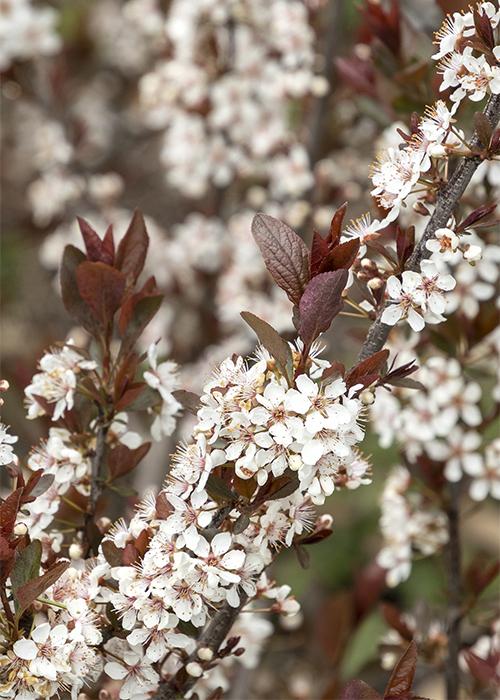
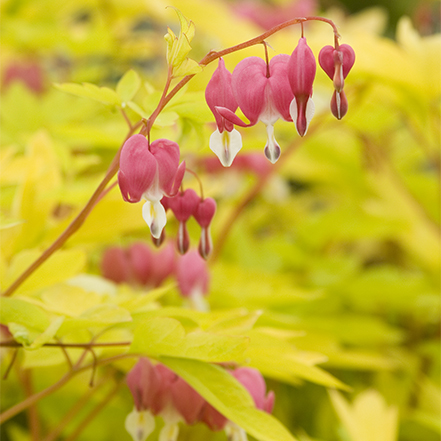
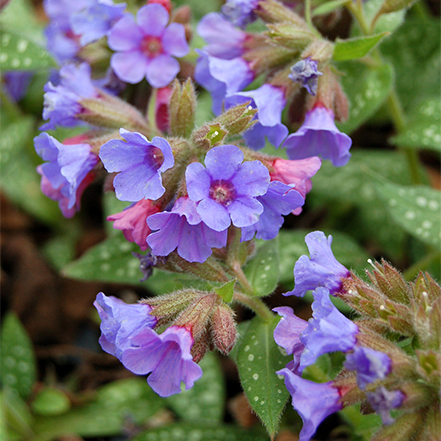
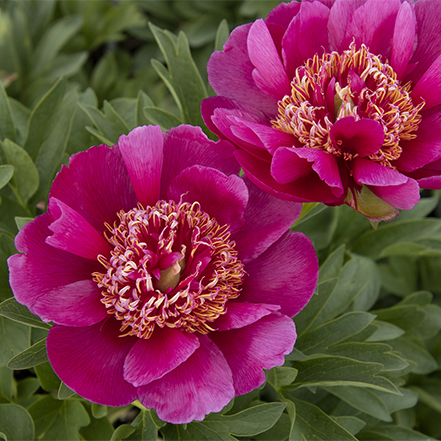
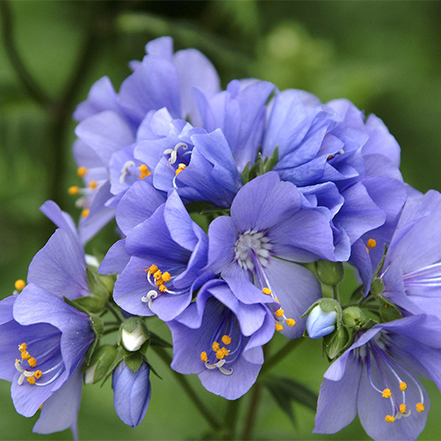
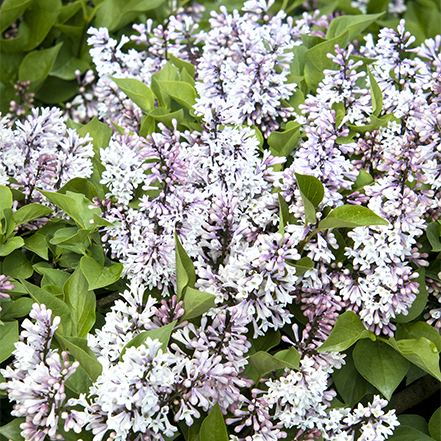
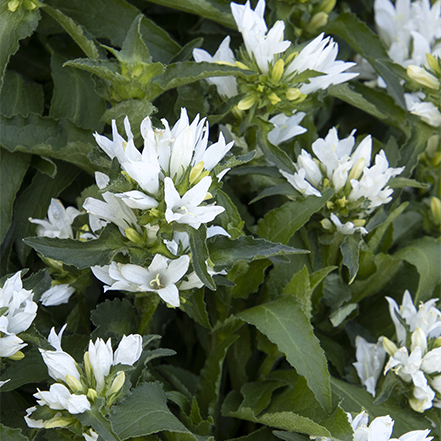
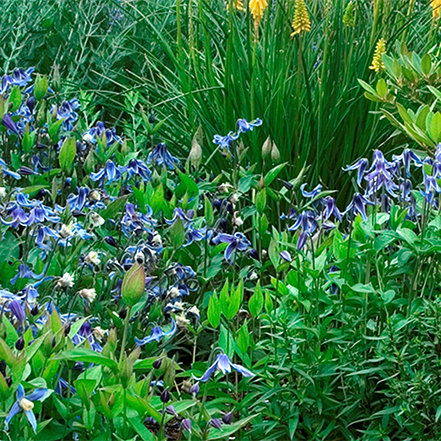
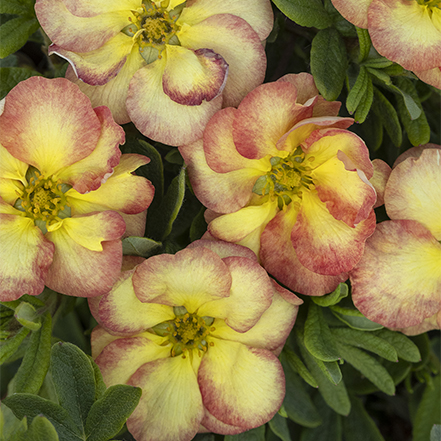
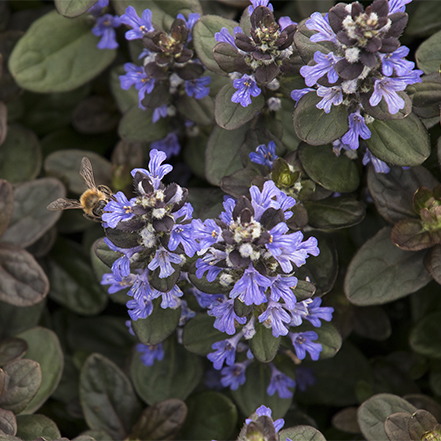
Please login to comment.
Don't have an account?
Sign Up for free